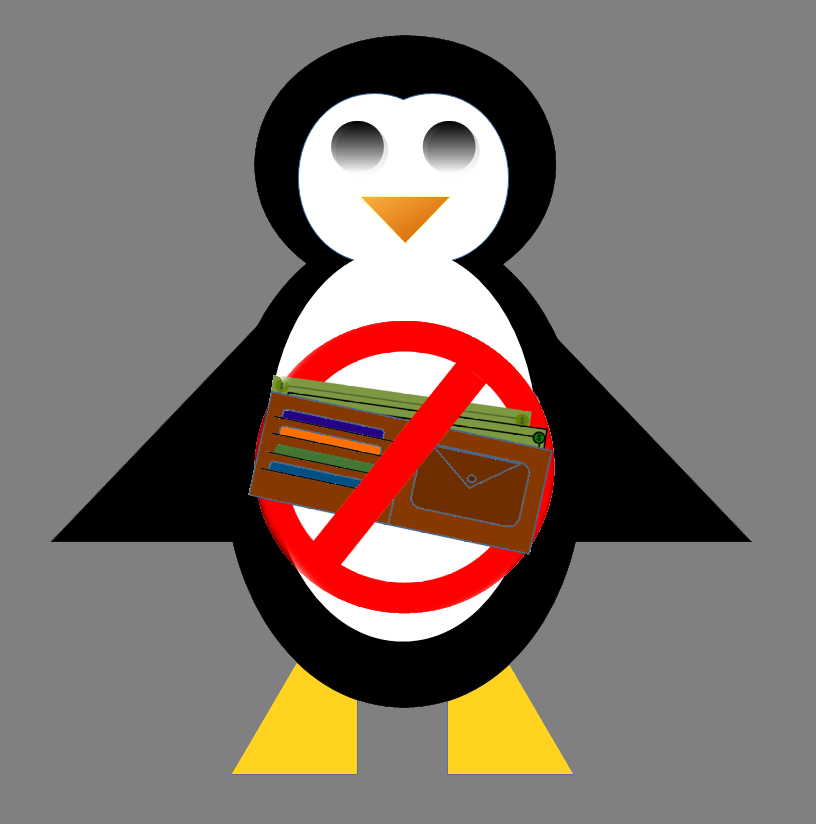



I open up the file browser and a terminal to help us visualize what we are doing in the terminal.
I type ls to show we are in the home directory in both the terminal and the file browser.
In the file browser, we call them folders, in the command line, we call them directories.
The Linux command line command is made up of 3 parts:
The "Command", the "options", and the "arguments"
ls is the command, -lah are the options and the current directory is the argument.
We find out how to get to the man pages and use the man pages to find out what the options are for the ls command.
We see the typing a . before the file name or the directory name will make that file a hidden file and we see how to show hidden files.
To go into a folder in the file browser, we double click on the folder we want to go into and the arrow up to go up one directory.
To do the same thing in the Linux Command Line terminal, we would type:
cd and the directory name we want to go into to go into the Documents directory we would type: cd Documents
We see the . and the .. directories and find out that the . directory means the current directory and the .. directory is for the parent directory.
We use the pwd command to print our working directory.
The list of directories is called the PATH.
We see the / is the root directory and when we start a path with / we are referring to the full or "absolute path" and when we change the directory without starting with a / we are talking about a relative directory.
We learn that we can type in a few characters and the tab key to auto-complete what we are typing.
cd - will take you back to the directory you were just in
cd and pressing enter will take you to your home directory
cd ~/Documents will take you to your home directory, then go to the Documents directory